作者:1mpal
编译:深潮TechFlow
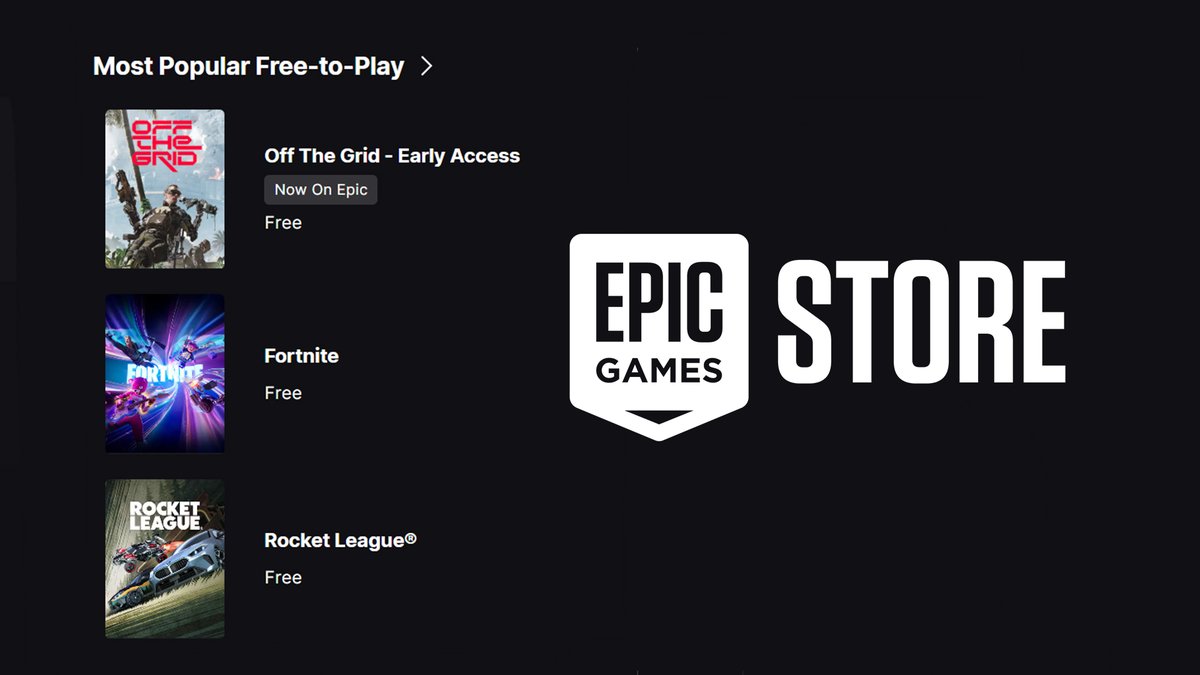
就在一周前,Web3 游戏领域还像是一片荒凉。大多数游戏都在苦苦挣扎,难以获得 Token 上市的动力,而 meme 币却吸引了所有的目光。但今天,情势发生了戏剧性的变化。Off The Grid (@playoffthegrid) 的成功为这一领域注入了新的活力,激发了兴奋和乐观情绪,与 Limit Break 在超级碗广告上的高额投入形成了鲜明对比。
当然,乐趣是主观的,所以我不会在这里对游戏进行评分。不过,我那些精通 Web3 的朋友普遍认为,这款游戏“比 99% 的 Web3 游戏更有趣。”有趣的是,他们都补充道,“我玩它是因为它确实很吸引人,但我不指望从中获得任何显著的财务收益。”
一个成功的游戏就能撼动整个市场。在短期内,不会再有另一个像 OTG 这样的游戏,目前也没有其他 Web3 游戏能在营销或游戏表现上与之匹敌。虽然现在预测 OTG 的最终成败还为时尚早,但它的影响已经开始显现。它的影响力无疑将在未来一段时间内持续塑造 Web3 游戏的格局。
1.游戏与 Token 的分离
OTG 已经出售了 Token 和节点,但它们尚未完全投入使用。如果 OTG 最终失败,没有人会责怪区块链或 Token。相反,如果 OTG 成功,它可能与 GUN Token 的表现没有直接关系。GUN Token 是否会表现出色还有待观察。一个游戏主要依赖 Token 作为收入模式是具有挑战性的。将未来 Token 的表现与类似神话游戏的案例进行比较可能更为合适。

让我们回忆一下。在《网络创世纪》、《魔兽世界》或《RuneScape》(或《天堂》)这类 MMORPG 中,我们是如何赚钱的?有些人收集游戏内的材料,有些人根据补丁说明进行市场套利,还有一些人通过制作顶级装备并帮助其他玩家获利。关键在于玩家在这些系统中创造了所有的供应。这与今天开发者严格控制物品供应的做法不同。可持续的经济生态系统的核心一直是通过游戏内供需平衡来实现货币化。OTG 今天组织的点对点生态系统也缺乏开发者对供应的控制。
有些人可能认为现在是 OTG 上市其 Token 的最佳时机,但这种观点过于偏向 Web3。正如 Web1 发展为 Web2,Web3 游戏的目标是解决 Web2 游戏的问题并进一步进化。人们为什么会玩 OTG?是为了 GUN Token 吗?还是为了获得 NFT 皮肤?目前来看,更多是因为想与像 Ninja 这样的知名主播一起游戏并赢得比赛。这表明经济因素在游戏动机中相对较弱。
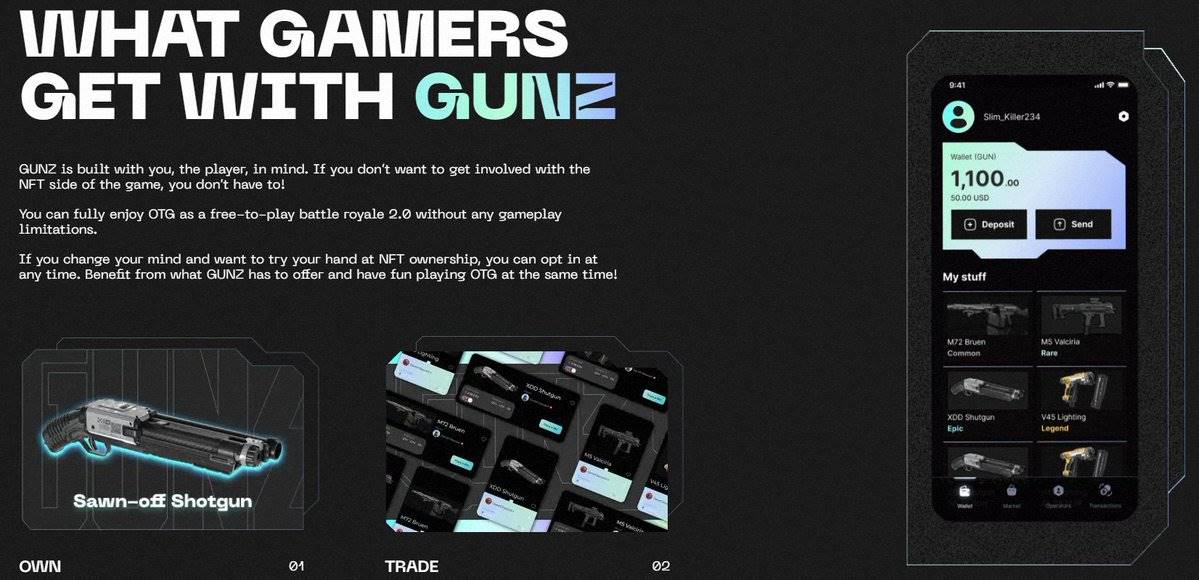
从长远来看,为了 OTG 的可持续发展,更明智的做法是将部分收入持续再投资于游戏,而不是回购 Token。运行节点也有奖励,因此不需要进行 Token 回购,尤其是当游戏的主要目标用户一直是 Web2 玩家时。游戏不应轻易转向 Web3 的考虑。不论 GUN Token 的表现如何,随着 OTG 越成功,AVAX 链被激活的可能性就越大,这使得 AVAX 成为对 OTG 的唯一有效押注。对于 OTG 玩家来说,Token 只是另一种支付方式。
2.大规模营销与时机
根据 Web3 游戏创始人的说法,估计 OTG 每天在营销上至少花费 100 万美元,尤其是为了吸引像 Ninja 和 Shroud 这样的顶级主播。在短期内,最有效的营销策略是最大化曝光度。虽然许多 Web3 机构可能会告诉你 Web2 的营销手段无效,但他们最常用的方法其实是让一群知名影响者用相同的关键词充斥社交媒体。
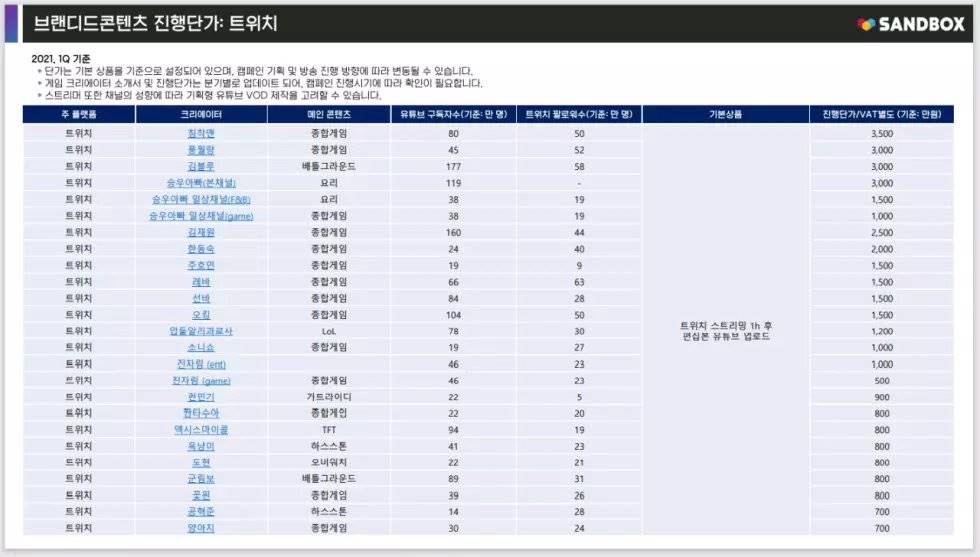
作为对比,2021 年韩国市场的顶级 Twitch 和 YouTube 创作者每次直播和视频上传大约能赚 3 万美元。随着他们的影响力和成本的增加,现在顶级创作者的收费可能接近 4 万到 5 万美元。提到的这些顶级创作者拥有 100 万到 200 万的订阅者,而全球创作者的收费要求甚至更高。
虽然 OTG 是目前唯一可以在规模上称为 AAA 的 Web3 游戏(暂且不提 Star Atlas),但与典型的 AAA 游戏相比,它的制作预算其实相对较低。根据 Delphi 的研究,OTG 的开发成本大约只有像 GTA 6 这样游戏的二十分之一。即便如此,他们在营销预算上的高效运作得到了认可,其表现使 AVAX Token 的价值提升了超过 10%。考虑到 AVAX 的高完全稀释估值和市值,AVAX 为营销支持投入了大量资金也就不足为奇了。
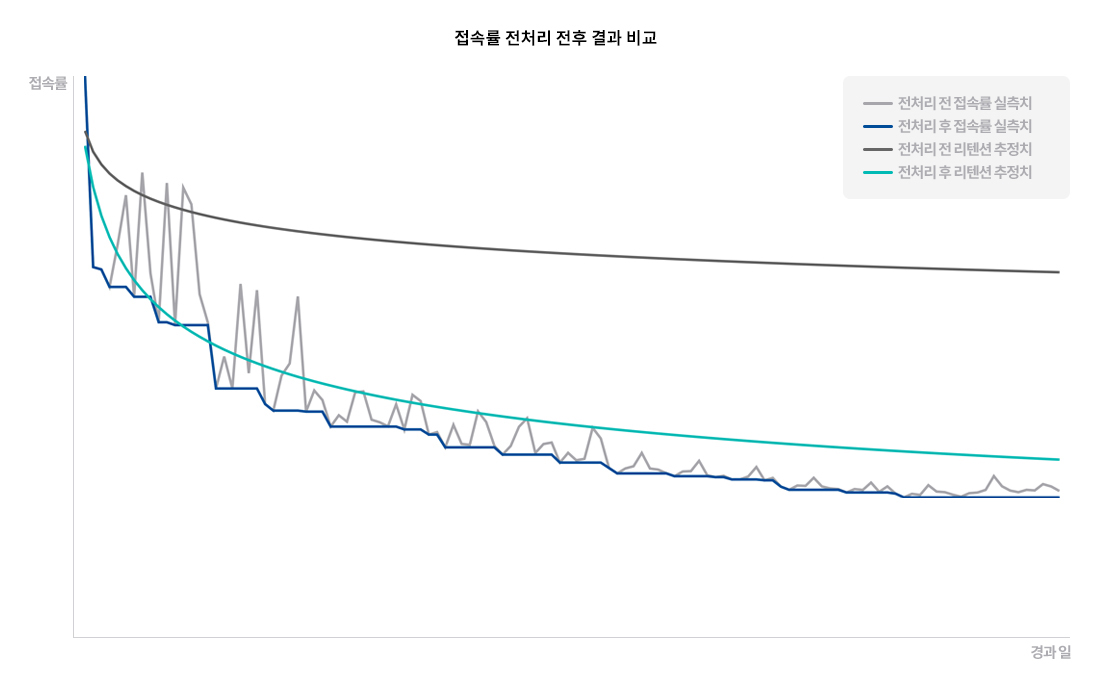
(图表请参考)
许多人没有注意到的是,游戏的用户峰值通常出现在发布之初,而游戏项目很少能重新达到这一峰值。具有讽刺意味的是,许多 Web3 游戏在推出时未能有效提升其 Token 和玩家基础,漫长的初期推广活动往往导致资源浪费。未来,我们可能会看到更多在发布时就倾尽所有资源的隐秘项目。
3.流媒体和影响者的崛起
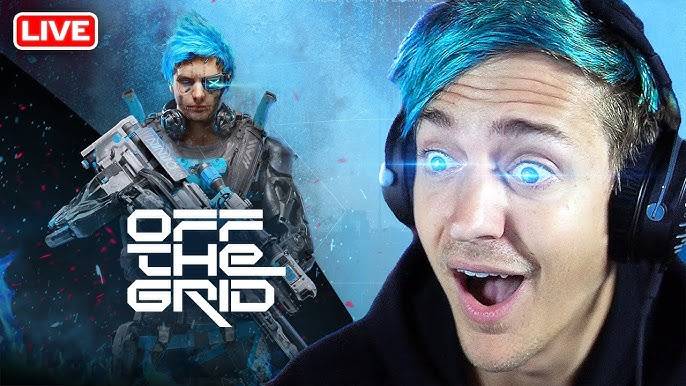
(图片来源)
还记得 OTG 首次发布预告片的时候吗?尽管 Web3 领域充满了期待,但 YouTube 社区的反响并不热烈。人们对大逃杀游戏类型表示怀疑(因为当时流行的是掠夺射击游戏),批评预告片的低帧率,并对反复分享 Dr Disrespect 的游戏演示感到厌倦。
那么,大规模营销推动的结果是什么呢?数百万玩家尝试了这款游戏,超过 200 万人创建了账户和钱包,进行了超过 300 万次交易。除了游戏本身的高品质,这一时刻证明了名人主播在信誉和动员能力上的巨大影响力。主流玩家更看重的是对传递者的信任,而非区块链或游戏本身的信任。
当一些 YouTuber 展示游戏预告片并表示“这游戏看起来很有趣!”时,会引起一些关注。但当顶级网红直播玩游戏并与观众互动时,影响力则会大得多。由于游戏对系统要求较高,并且需要有组织的推广,许多 Web3 链上玩家难以接触到这款游戏。
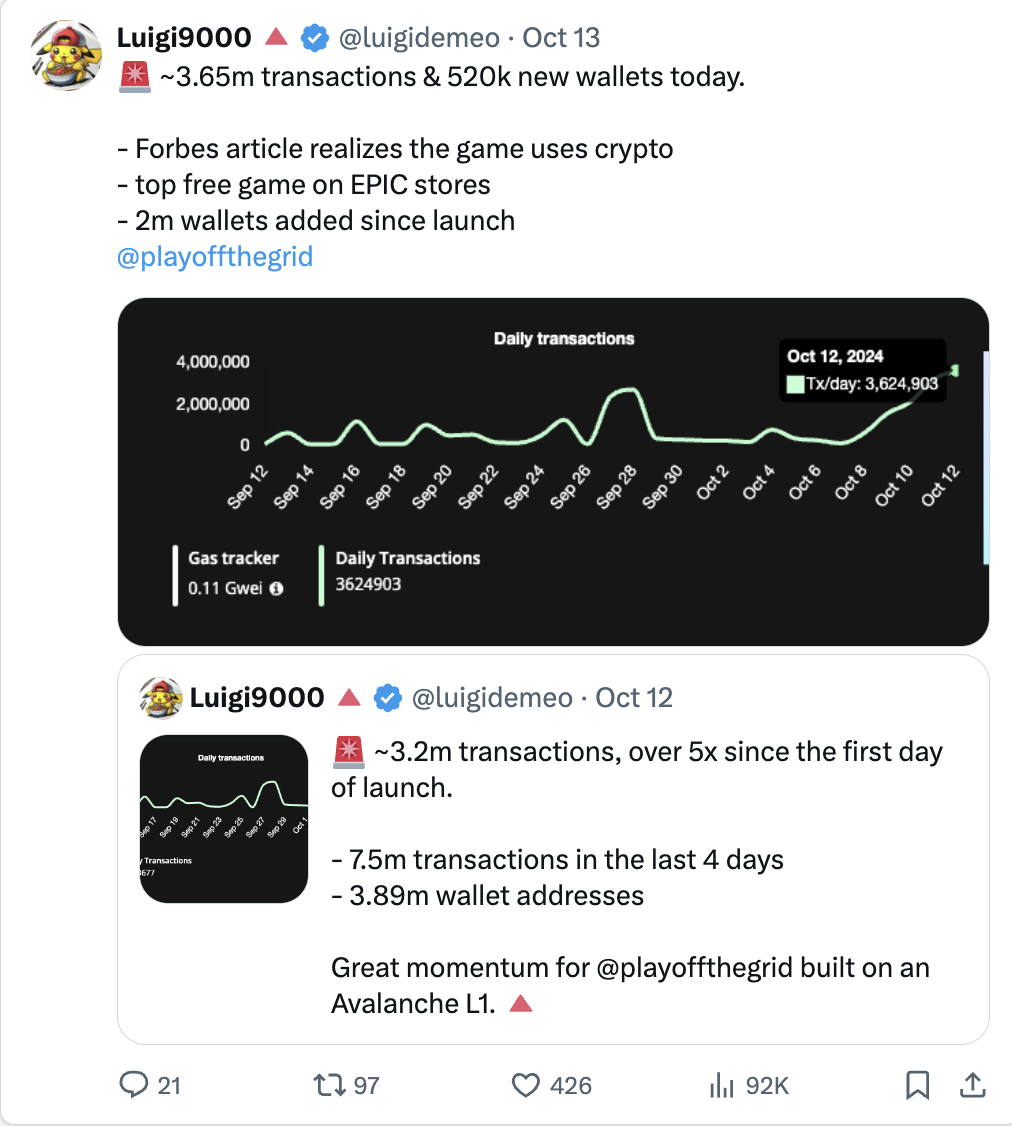
OTG 的长期可持续性取决于那些推广它的主播能否成为自发的玩家。此外,考虑到射击游戏中普遍存在的作弊问题,认为 AAA 级别的边玩边赚游戏难以持续的观点不容忽视。未来的路虽然艰辛,但我真心希望 OTG 能成功,这对整个行业都有益。改变游戏生态的不是市场的传言,而是独特的成功。
虽然现在判断 Off the Grid 是否成功还为时过早,但它确实为市场注入了新的活力。
-
传统营销的有效性:OTG 证明了传统游戏营销在 Web3 领域也可以奏效。
-
为乐趣而非利润而玩:玩家玩 OTG 的动机并非为了赚钱,这种转变可能会对市场产生冲击。
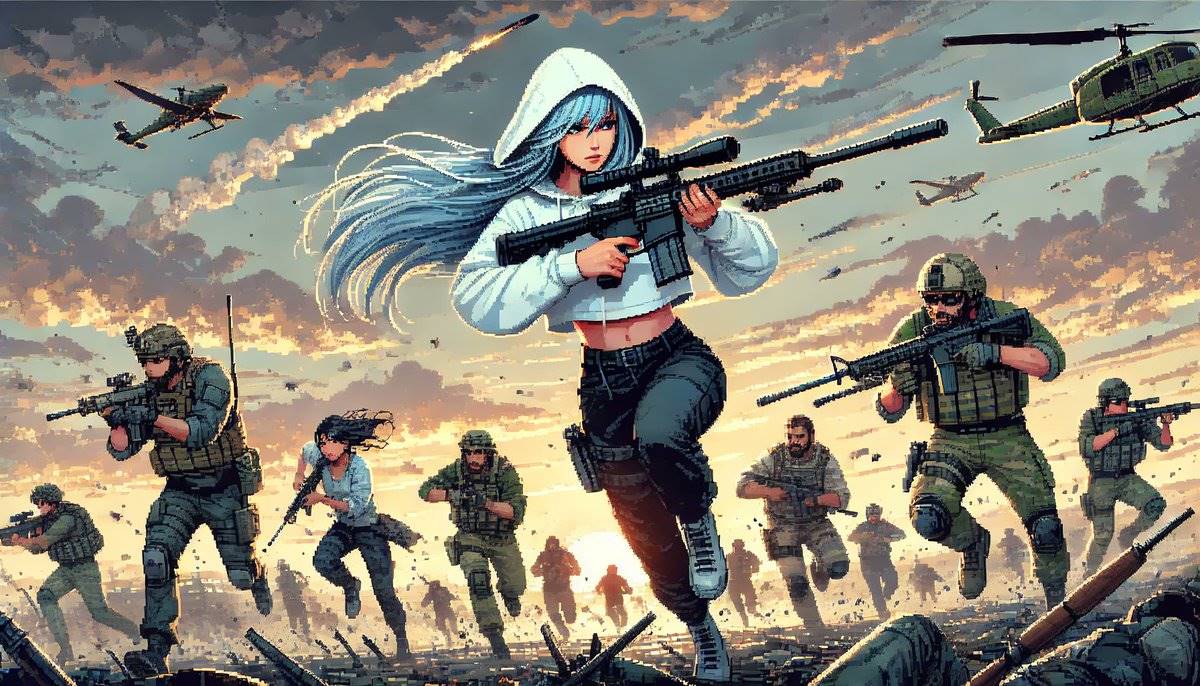
虽然 OTG 还不能算作一款成功的游戏,但它的营销策略已经取得了成功。值得注意的是,该游戏的策略与当前游戏市场的重点完美契合。通过将游戏动机从赚钱转向娱乐——即使这意味着弱化 Web3 元素——它解决了因 Web3 游戏 Token 弱点而产生的怀疑。
并不是每个游戏都能或应该效仿 OTG 的模式。仍然会有空投活动、免费铸造 NFT 白名单的促销以及对社交互动的需求。对 Token 游戏的关注也将持续。然而,毋庸置疑的是,OTG 的表现已经为那些目前处于隐秘开发阶段的游戏项目种下了信心的种子。
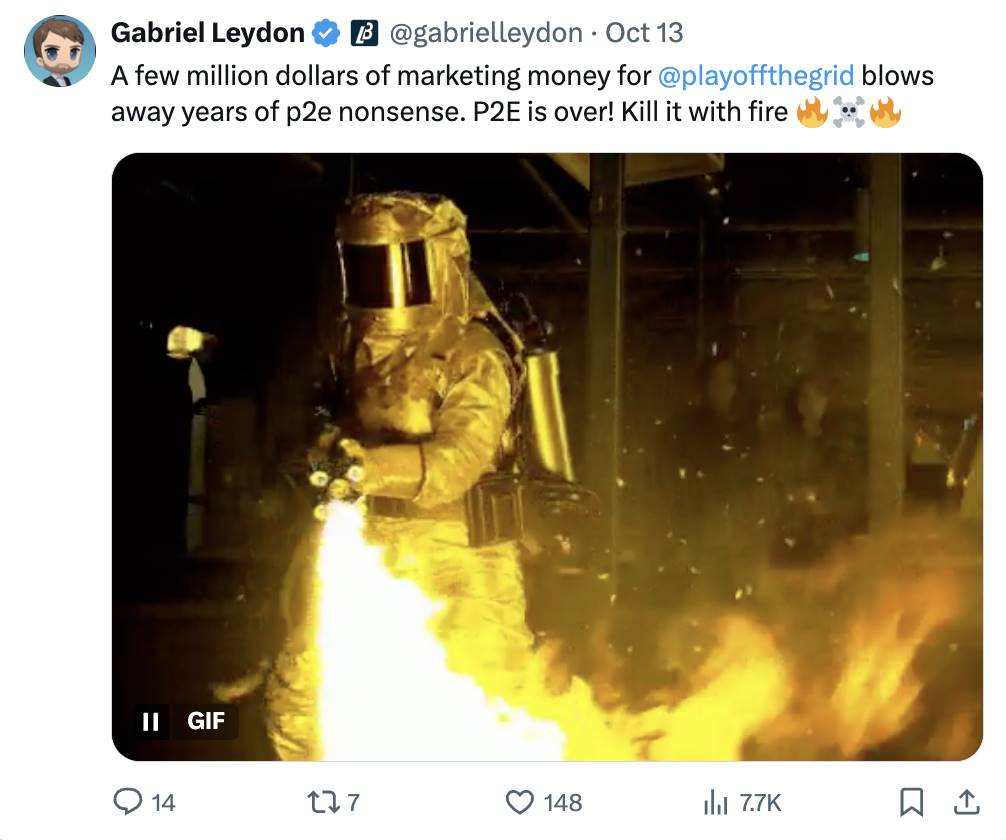
我记得 DigiDaigaku 在超级碗期间闪现了一个短暂的二维码,结果引来一片笑声。我至今不确定这是否算是一个成功的营销策略,但我明白为什么 @gabrielleydon 现在积极讨论 OTG 的影响。
我很高兴看到这个领域重新活跃起来,并引发了一些热烈的讨论。Vador 和 Sparkc 的对话,以及 Keplr 的见解,与当前的市场叙述结合在一起,非常有趣。
OTG 会不会彻底改变市场?至少,许多玩家和开发者已经看到了新的前进方向。
免责声明:本文章仅代表作者个人观点,不代表本平台的立场和观点。本文章仅供信息分享,不构成对任何人的任何投资建议。用户与作者之间的任何争议,与本平台无关。如网页中刊载的文章或图片涉及侵权,请提供相关的权利证明和身份证明发送邮件到support@aicoin.com,本平台相关工作人员将会进行核查。




